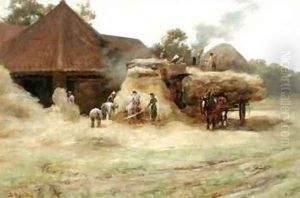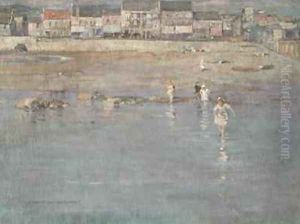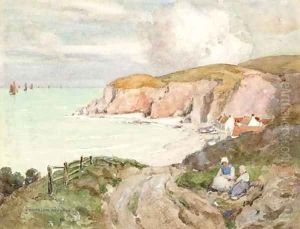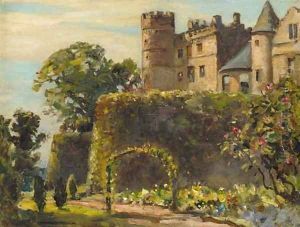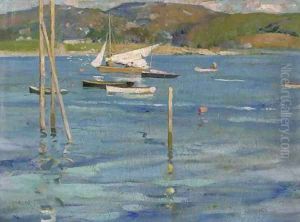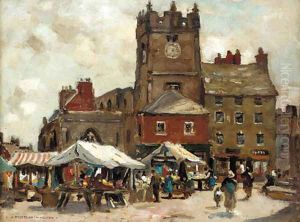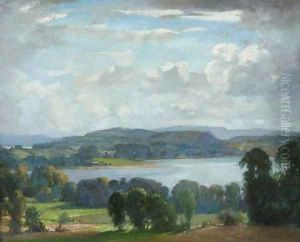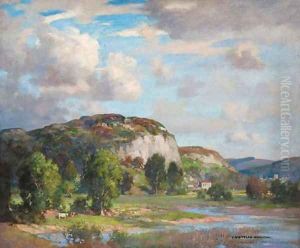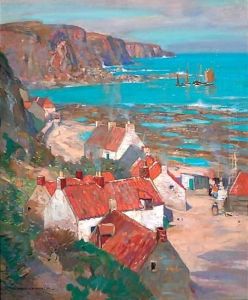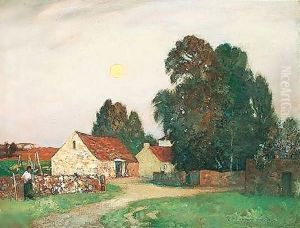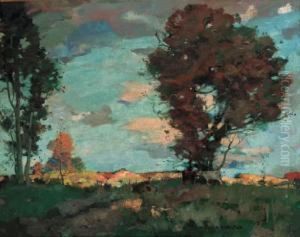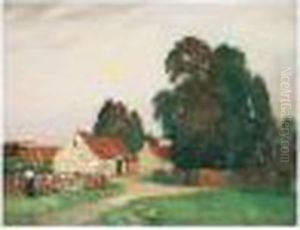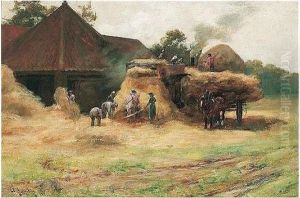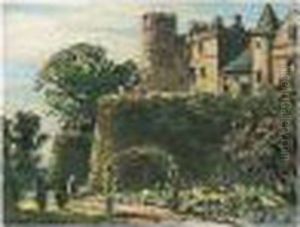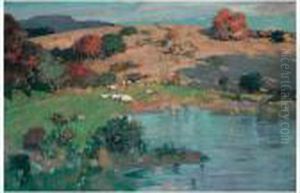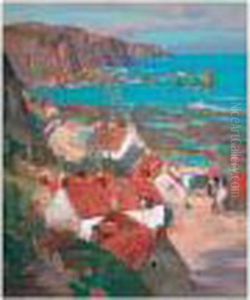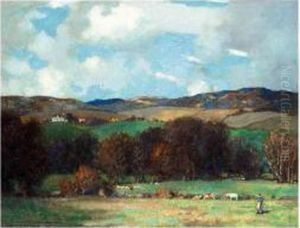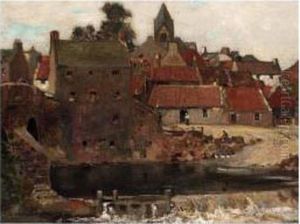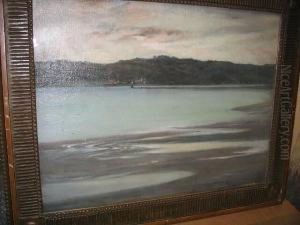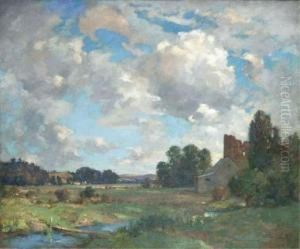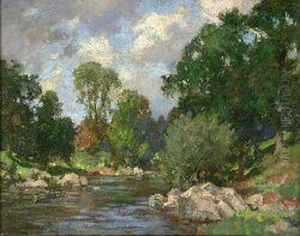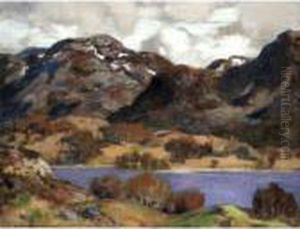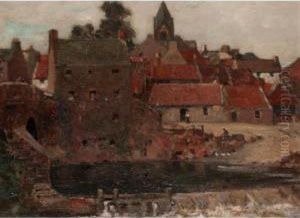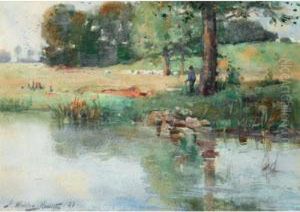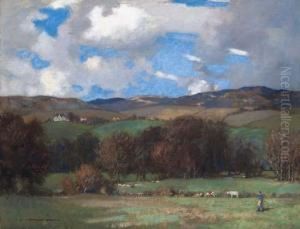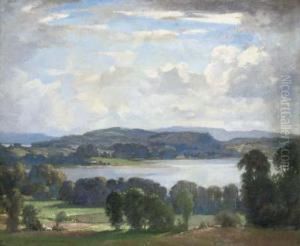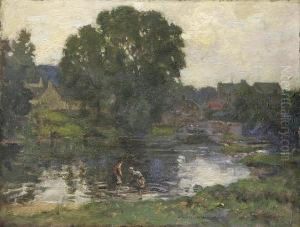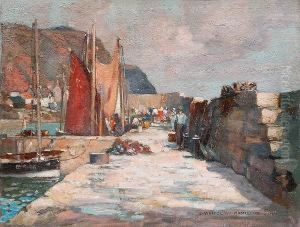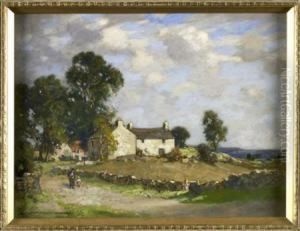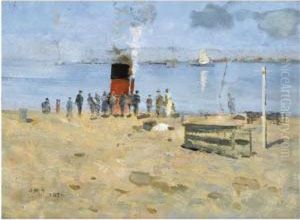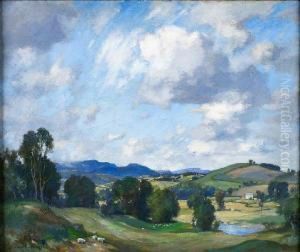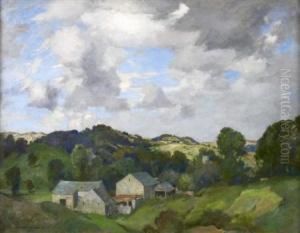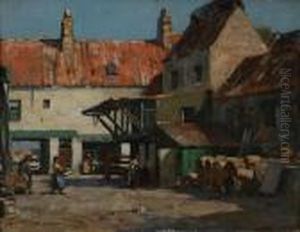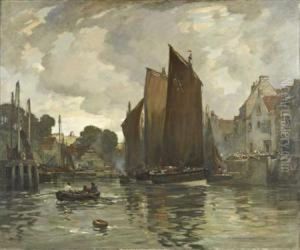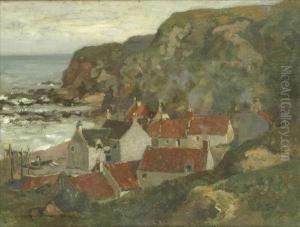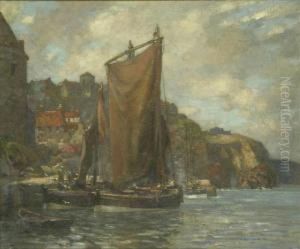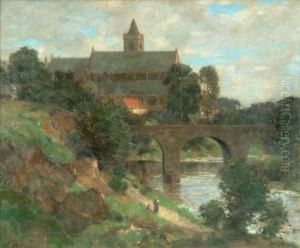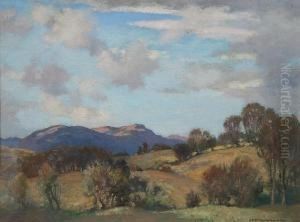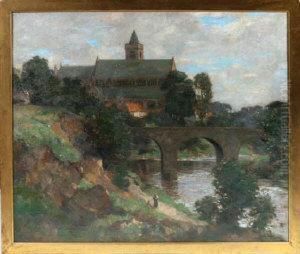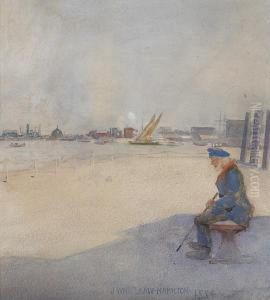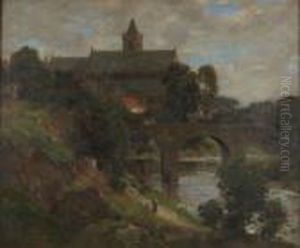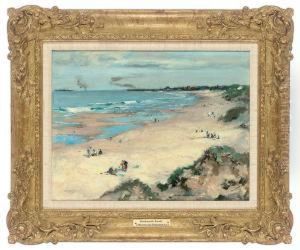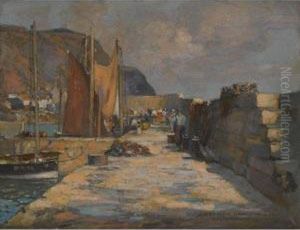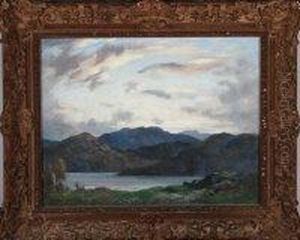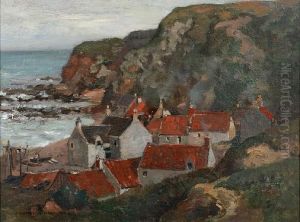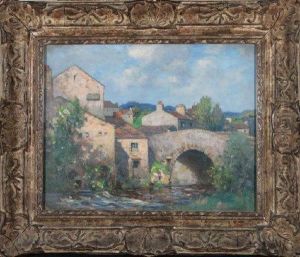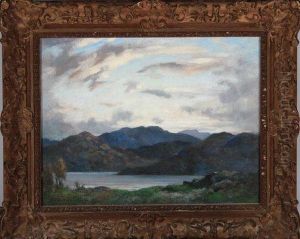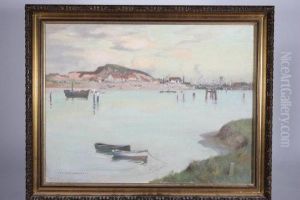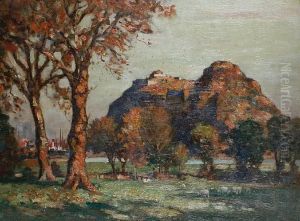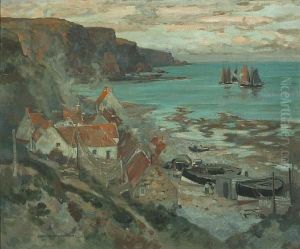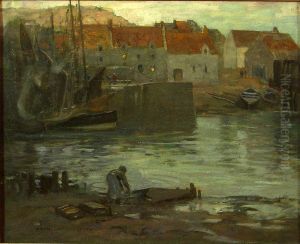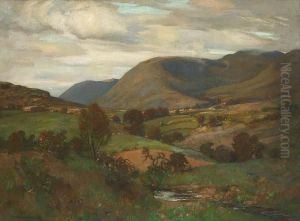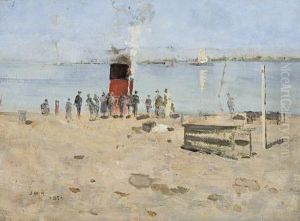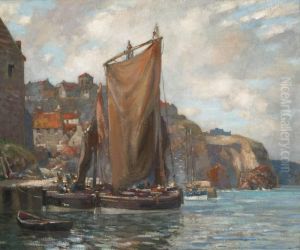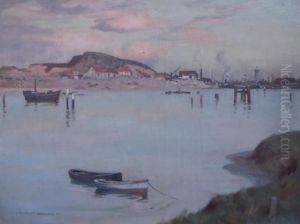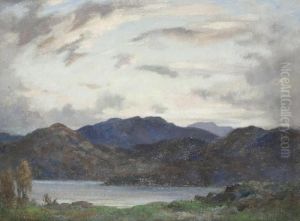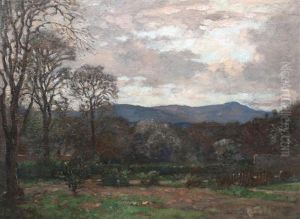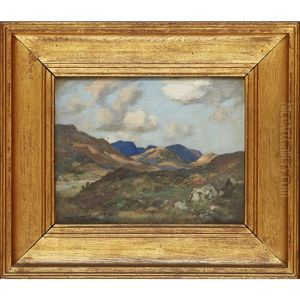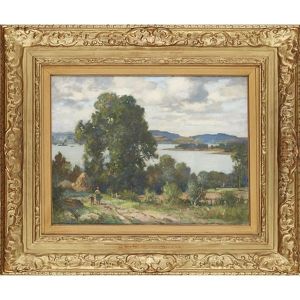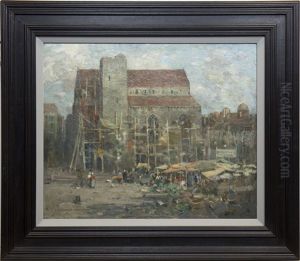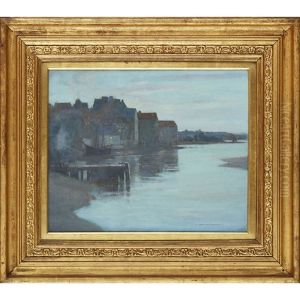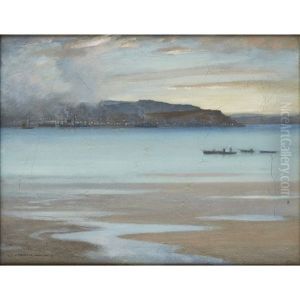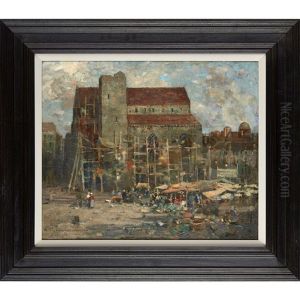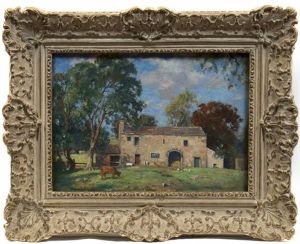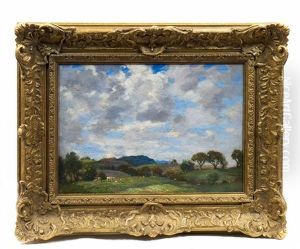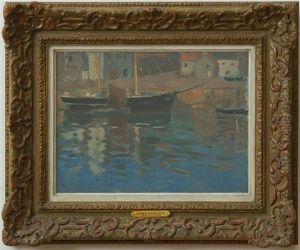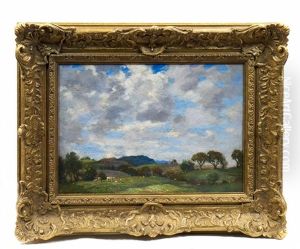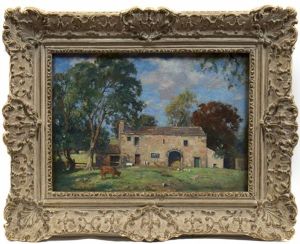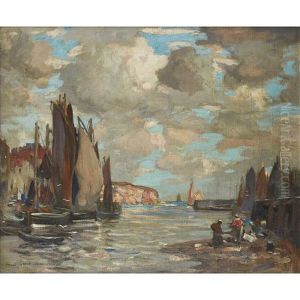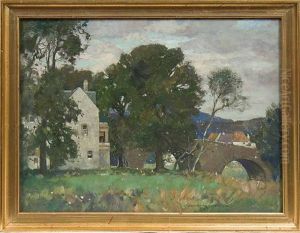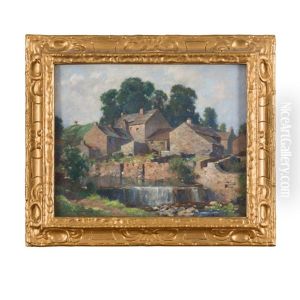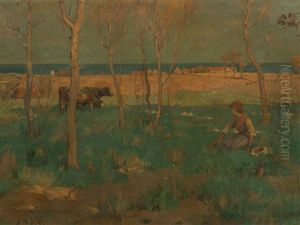James Whitelaw Hamilton Paintings
James Whitelaw Hamilton was a Scottish artist known for his contributions to the Glasgow School, a group of influential artists and designers active in Glasgow from about 1890 to roughly 1910. Born on November 14, 1860, in Bothwell, South Lanarkshire, Hamilton developed an interest in art at a young age.
Hamilton initially trained as a lithographer but eventually shifted his focus to painting. His early work was influenced by the Barbizon school, a group of French painters who emphasized tonal qualities, atmosphere, and the depiction of rural scenes. Hamilton later became inspired by the work of James Abbott McNeill Whistler and the Aesthetic Movement, which prized beauty and design over social or moral themes in art.
Throughout his career, Hamilton was associated with the Glasgow Boys, a group of artists who aimed to break away from the traditional styles taught at the Scottish art academies. They were influenced by the naturalism of the French Impressionists and the realism of Jules Bastien-Lepage. The Glasgow Boys sought to capture the reality of rural Scottish life and landscapes in a fresh and direct manner.
Hamilton's works were characterized by a delicate use of color and a subtle rendering of light, which often resulted in atmospheric and evocative landscapes and genre scenes. He was skilled in both oil and watercolor, and his paintings often depicted the countryside, shorelines, and harbors, as well as intimate interior scenes.
James Whitelaw Hamilton exhibited at the Royal Scottish Academy and was a member of the Royal Glasgow Institute of the Fine Arts. He played a significant role in the development and recognition of the Glasgow School, contributing to its legacy as a major force in British art at the turn of the century.
Hamilton's work was not confined to Scotland; he traveled and painted in Europe, particularly in Venice, which provided further inspiration for his landscapes. His Venetian scenes are among his most celebrated works, capturing the unique light and architecture of the city.
James Whitelaw Hamilton's artistic output declined in his later years, but he continued to exhibit until his death on December 15, 1932. Today, his work is held in various public collections, including the Kelvingrove Art Gallery and Museum in Glasgow, reflecting his enduring contribution to Scottish art. His legacy remains as a significant figure in the Glasgow School movement, which played a critical role in the development of modern art in the United Kingdom.
